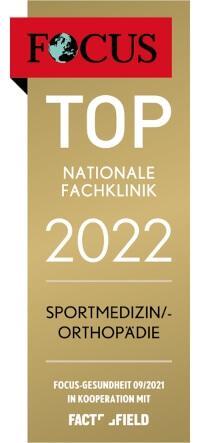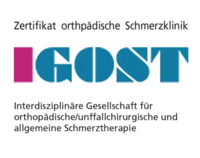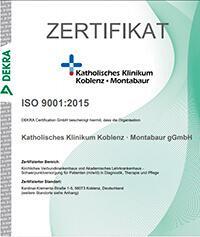Top Hospitals for Treatment of Hip Osteoarthritis (Coxarthrosis) in Germany
Each hospital in this list meets Booking Health’s strict international standards: at least 250 surgeries per year, ISO‑certified quality management, and documented survival outcomes. Our medical board then ranks the clinics by clinical expertise, technology, and patient‑satisfaction scores.

The DRK Hospital Berlin Westend is a modern medical facility with a rich historical heritage. It is an academic hospital of the Charite University Hospital Berlin, one of the most prestigious medical facilities in Europe and worldwide. The medical complex is part of the DRK Kliniken Berlin Group, which has a history spanning mor



Hip osteoarthritis diagnostics
Price from:
0.00
Go to the program Hip osteoarthritis (coxarthrosis) treatment with bilateral hip replacement (hip endoprosthesis)
Price from:
25474.92
Go to the program Hip osteoarthritis (coxarthrosis) treatment with hip replacement (hip endoprosthesis)
Price from:
18455.37
Go to the program Hip osteoarthritis (coxarthrosis) treatment with hip replacement (hip endoprosthesis)
Price from:
Go to the program
18552.74
13552.74 Bilateral hip replacement and rehabilitation
Price from:
33447.57
Go to the program Hip replacement and rehabilitation
Price from:
Go to the program
24113.83
19113.83 Hip endoprosthesis replacement
Price from:
Go to the program
24390.42
21390.42 Diagnosis and conservative treatment of hip osteoarthritis
Price from:
5027.6
Go to the program Hip arthroscopy in hip osteoarthritis
Price from:
8697.7
Go to the program Hip endoprosthesis replacement and rehabilitation
Price from:
Go to the program
28989.16
25489.16 
The Hospital Neuwerk, which is in Moenchengladbach, has over 10 specialized operating departments. Located in the northern part of the city, the hospital has been a coordination center for the region for many years. The hospital has 310 comfortable beds for ist patients. Due to a wide range of medical services, the hospital offe







Hip osteoarthritis diagnostics
Price from:
0.00
Go to the program Hip osteoarthritis (coxarthrosis) treatment with hip replacement (hip endoprosthesis)
Price from:
Go to the program
17284.36
14184.36 Hip osteoarthritis (coxarthrosis) treatment with hip replacement (hip endoprosthesis)
Price from:
18323.82
Go to the program Hip replacement and rehabilitation
Price from:
Go to the program
23752.83
20252.83 Hip endoprosthesis replacement
Price from:
Go to the program
25080.42
21580.42 Diagnosis and conservative treatment of hip osteoarthritis
Price from:
Go to the program
5619.36
5069.36 Hip arthroscopy in hip osteoarthritis
Price from:
Go to the program
9887.26
8687.26 Hip endoprosthesis replacement and rehabilitation
Price from:
Go to the program
28811.68
25311.68 
The Catholic Clinic Koblenz-Montabaur is a modern medical facility with an excellent reputation in Germany and abroad. The medical center is an academic clinic of the University Hospital Mainz, which gives patients the opportunity to take advantage of scientific advances and innovative treatments. The clinic has the widest possi



Hip osteoarthritis diagnostics
Price from:
0.00
Go to the program Hip osteoarthritis (coxarthrosis) treatment with hip replacement (hip endoprosthesis)
Price from:
20870.14
Go to the program Hip osteoarthritis (coxarthrosis) treatment with hip replacement (hip endoprosthesis)
Price from:
20743.82
Go to the program Hip replacement and rehabilitation
Price from:
27265.38
Go to the program Hip endoprosthesis replacement
Price from:
34330.8
Go to the program Diagnosis and conservative treatment of hip osteoarthritis
Price from:
5718.73
Go to the program Hip arthroscopy in hip osteoarthritis
Price from:
9960.94
Go to the program Hip endoprosthesis replacement and rehabilitation
Price from:
37180.92
Go to the program 

